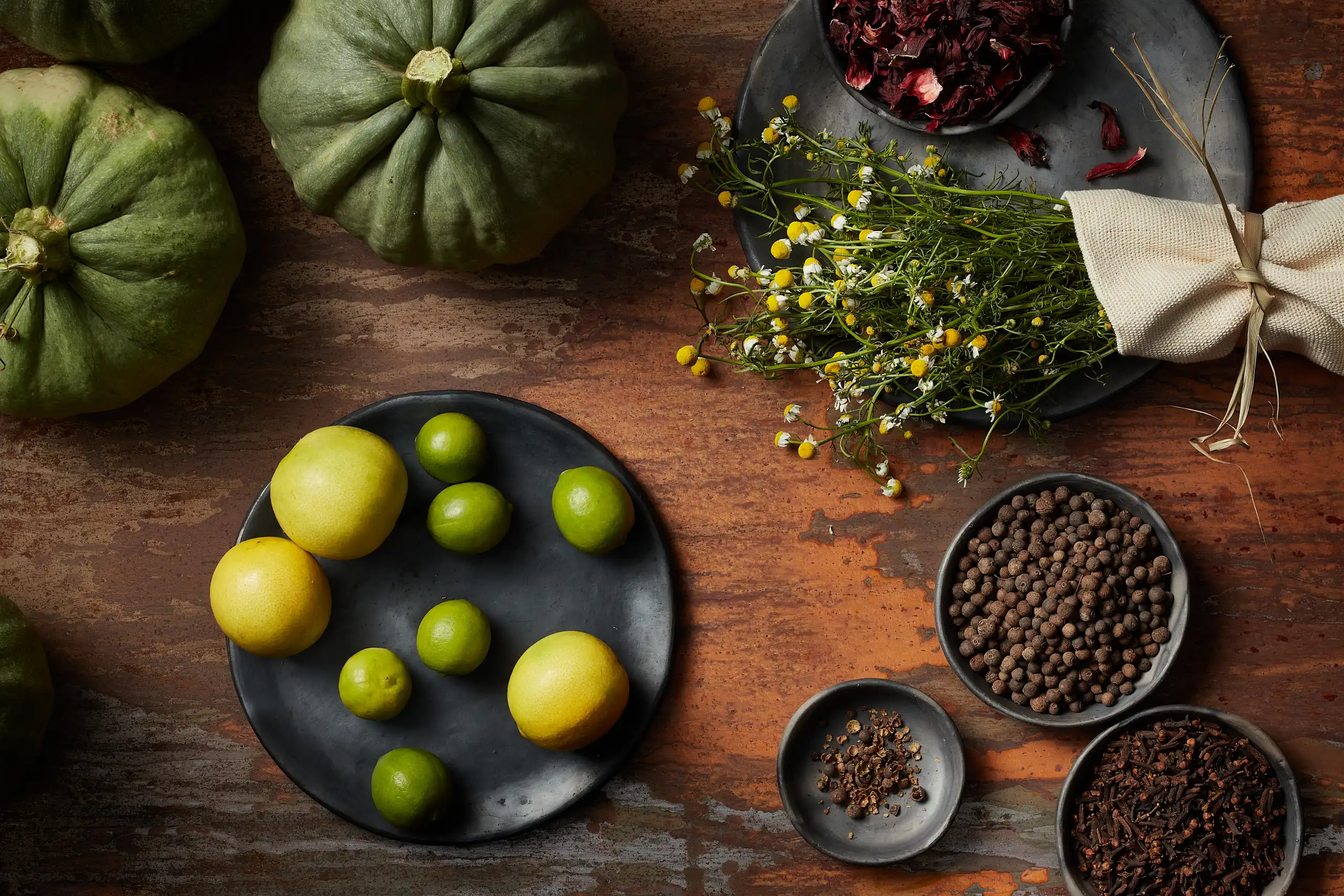Environment
No es prueba y error, es prueba y aprendizaje. No es error porque de allí aprendes. Las piezas rotas son maestras. El único error es no intentar.
—Rodolfo Pérez
Before the introduction of cooking tools made of plastics, enameled steel, and aluminum, the materials used in the kitchens of Oaxaca were simple, locally-sourced, and nearly unprocessed. Nearly everything was made from clay, rock, wood, and other organic fibers. Production involved the shaping, and in the case of pottery, firing of those materials, and little else. Simple tools were used in the creation of those objects, and those tools were also made from materials barely removed from their elemental state.
When a cooking pot, comal, or other clay object broke, its remains could be safely integrated back into the local environment. Low-temperature earthenware made from native clays will essentially dissolve back into the ground, particularly when left in a moist place like a garden. The process occurs on a human time scale, not one of hundreds or thousands of years.
Should a molcajete, metate, or other stone implement break or wear beyond recovery, it is then simply a piece of rock. A rock that poses no particular environmental hazard. It will not contaminate the local groundwater supply. It will not poison soils with heavy metals. Like any other stone, it can be repurposed to any use that suits its shape, size and density.
The modern substitutes for low-temperature pottery and stone cooking tools are products extracted from the complex webs of international supply chains. They are produced from highly-refined energy-intensive materials, via industrial, often dehumanizing manufacturing efforts.
A mellifluous salsa can be produced in either a molcajete or a high-speed blender in a similar amount of time. The resulting sauces can easily be distinguished not just by their distinct textures and flavor profiles, but also by the changes brought to the world by the construction and eventual disposal of tools involved in their creation.
The molcajete is, from beginning to end, a piece of rock. It has been selected or quarried by hand, worked by hand with hammer and chisel, then sold or traded near its place of origin. Its use requires no energy beyond that exerted by the cook, its eventual disposal is virtually risk-free.
The blender, on the other hand, is a fragile, elaborate amalgamation of steel, plastics, copper, silicon. The steel could come from iron ore mined in Australia, the copper from Chile, the plastics derived from Russian oil. Construction could involve components sourced from Malaysia, China, the US, and other countries, with assembly in, say, Brasil. The symphony of inputs involved in making a little blade spin inside a plastic bowl are beautiful feats of both engineering and social cooperation. However, is it really necessary that such an immense amount of materials and energy be expended to mash tomatoes with chiles and garlic?
Barro Rojo is an invitation to interrogate the origins, energy consumption, and disposal risks of the objects that populate our domestic environment. The vessels and tools in our catalog express a desire for life to be elegant in form, function, and environmental interaction. Their use in your kitchen may not represent an absolute improvement over more common industrial trappings of modern life, but considering their place in your life just might.
We believe that if a clay comal or stone molcajete can inspire experimentation with intentional consumption patterns, well, then that is positive change.
